Fake Invoice: How To Protect Your Business

Fake invoice scams are more prevalent in the business world than people assume. Small businesses are the most common targets for this form of fraud. The good news is that there are various steps companies can take to prevent invoice fraud.
Here’s what you need to know about fake invoices and how to protect your business from invoice and payment fraud.
Table of Contents
Checklist To Spot Fake Invoices
How To Deal With Fake Invoices
What Is a Fake Invoice?
A fake invoice is, as the name suggests, an invoice that isn’t legally official. They are also sometimes called ghost or phantom invoices. Sending someone a fake invoice is called invoice fraud. There are two types of these invoices: duplicate and inflated.
This type of fraud is a sophisticated but common financial scam. It refers to a scammer sending a fraudulent invoice to a business. These fake documents require payment for goods or services that were never provided. In other cases, the invoice might require an inflated payment.
A fraudulent invoice is tricky to identify. It can look just like a normal document. At first glance, it looks like it might be from a genuine supplier or company vendor. But the bank account details usually aren’t correct.
To make the bill seem realistic, the scammer may use the name of a legitimate company without its knowledge. They can also create a fake company and use forged documents. Some scammers send thousands of fraudulent statements at once. As a result, hundreds of businesses pay a fraudulent bill without realizing it’s a scam.
Advanced scammers gather the necessary information about your company and its expenses. They use various techniques to obtain information not only about your company but your suppliers as well. The more information they gather, the more credible the document will seem.

Checklist To Spot Fake Invoices
There are a few steps you can take to prevent this form of payment fraud.
- If you’re doing business with a new client, before you pay invoices, make sure to go through the entire statement thoroughly. It’s important to be cautious when processing a new invoice.
- Make sure to review and verify the authenticity of the supplier or vendor before making any payments.
- You might think that a scammer would use a suspicious email address, but their email account is more likely to appear legit. If you get invoice attachments from an unknown sender, don’t open them, as they might contain malware. Instead, delete the email before the malware makes its way to your business accounts and website.
- The next course of action is to do a due diligence check or a three-way matching process. Companies can outsource someone to review new accounts and look at the details of each purchase form. It’s a good idea to cross-reference details from each bill.
- If your employees are working remotely, make sure they’re careful when processing company expenses. Before you process a bill, look for a supporting document file, such as the purchase order or statement. Make sure to discuss this with the employees who would pay it and have access to the company’s bank accounts.
An Invoice Fraud Case Study
Let’s say a non-profit government agency has to pay its suppliers. One of the company’s employees receives an email that contains a request for a large sum of money, say for one hundred thousand dollars. However, the payment isn’t due for another month.
Then the employee receives a second email with different attachments. The second email states that the company is having issues with its bank account, which is why it sent a new bank account number.
The employee doesn’t find the issue with the two accounts suspicious, so they send the required payments. As a result, the employee won’t even be aware they’re a victim of fraud until they’re contacted by their vendor.
How To Deal With Fake Invoices
Here are the steps you need to take when you receive a fake invoice:
- If you suspect you have received a fraudulent invoice, contact the company or vendor to verify its authenticity.
- If you want to make sure you aren’t dealing with bad actors, you can contact the suppliers directly via phone. They should have a phone number listed in their contact information or on their website. It’s better to phone them in case your email has been hacked.
- If you have already fallen victim to invoice fraud, contact your bank and the bank of the fraudulent account and report the crime.
- You can also reach out to an agency that deals with this kind of fraud. They may be able to recover the money from the fraudster’s bank account.
- Consult with your attorney, as they will know what’s the best course of action.
In addition, you should file a complaint with the police. You can also contact Action Fraud, the national fraud and cyber reporting center. Of course, there’s no guarantee you’ll get your money back once you’ve already paid the fraudulent bill.

Key Takeaways
Most companies receive invoices on a daily basis. Small businesses can make a lot of invoicing mistakes, but not carefully reviewing received invoices is one of the most common ones. An employee can look past important details and pay the purchase order without even realizing it’s fraudulent.
Employees should take invoice fraud seriously because it can lead to a huge financial loss. Thankfully, there are a lot of steps businesses can take to prevent this from happening. Making sure the invoice is legit is one of them, as well as paying special attention to new clients or vendors. If you’re worried you’ve already paid for a fraudulent invoice, make sure to report it as soon as possible.
FAQs About Fake Invoices
What is a ghost invoice?
A ghost invoice, or a ghost bill, is another term for a fraudulent invoice. They’re made by scammers, and they are used to get someone to pay for services they never received.
Can you fake proof of payment?
Faking proof of payment is otherwise known as a deposit scam. It’s when a fraudster sends you a fake payment confirmation that says a deposit has been made to your account. In return, you’ll provide the scammer with goods or services they won’t pay for.
Is it legal to edit invoices?
It’s illegal to change an invoice after you and your vendor or client have agreed upon it. It’s only allowed if you want to change some sort of error or add important details.
Can invoices be tracked?
Companies can track invoices with invoicing software like FreshBooks. By doing so, FreshBooks can help you keep track of your business expenses, making sure you never fall victim to this form of fraud.
RELATED ARTICLES


 8 Best Invoicing Software for Small Business (2025)
8 Best Invoicing Software for Small Business (2025)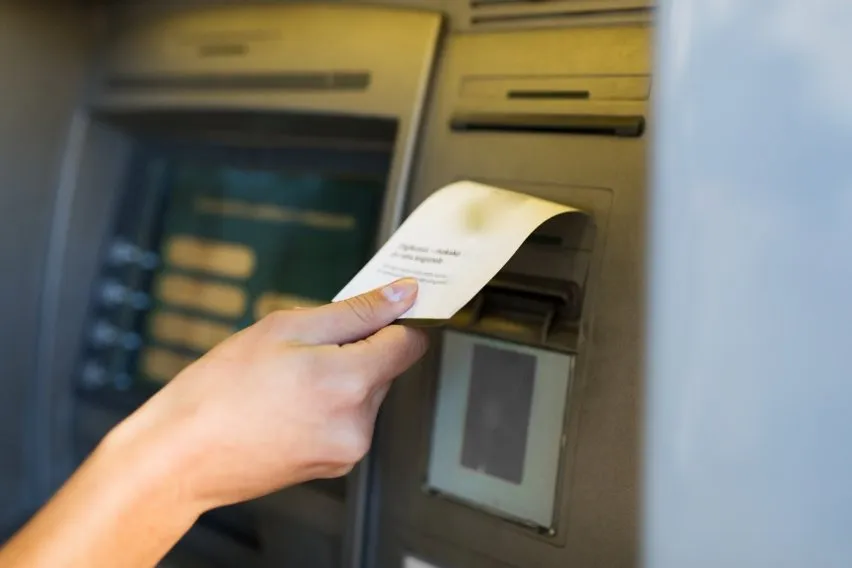 Automated Invoicing Processing: How Does It Work?
Automated Invoicing Processing: How Does It Work?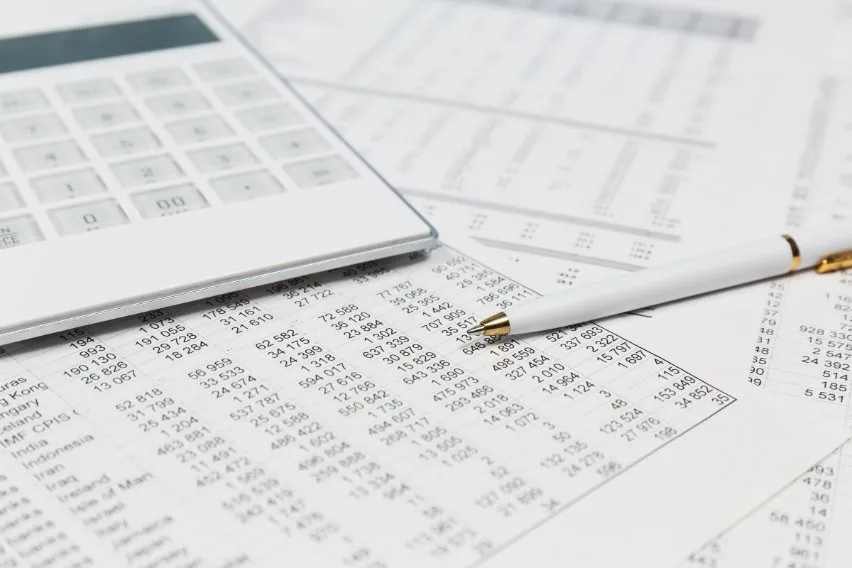 Invoice vs Statement: What’s The Difference?
Invoice vs Statement: What’s The Difference?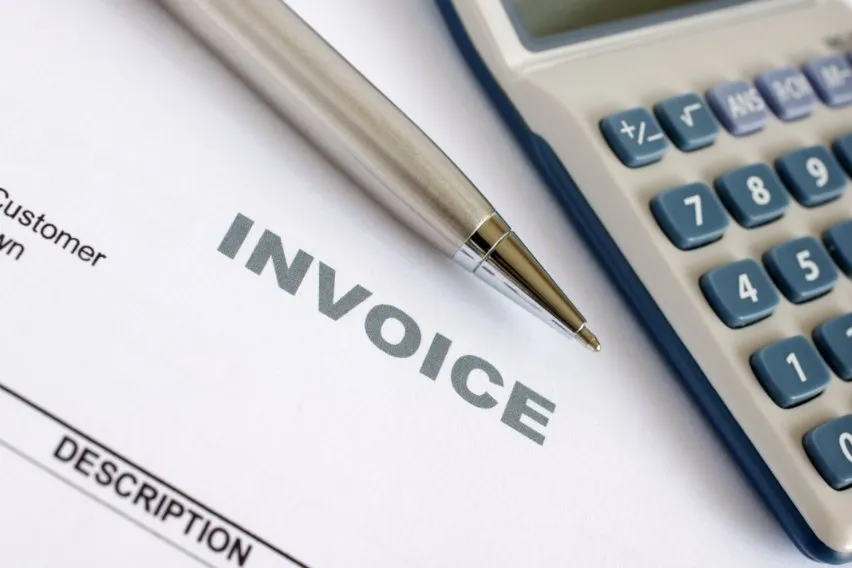 EDI Invoice: Definition and How It Works Explained
EDI Invoice: Definition and How It Works Explained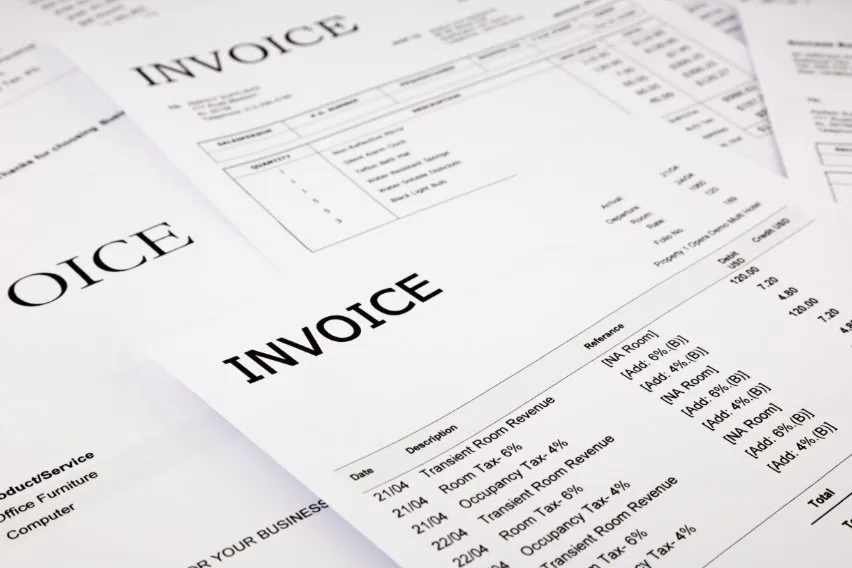 What is a Commercial Invoice? Definition & Format
What is a Commercial Invoice? Definition & Format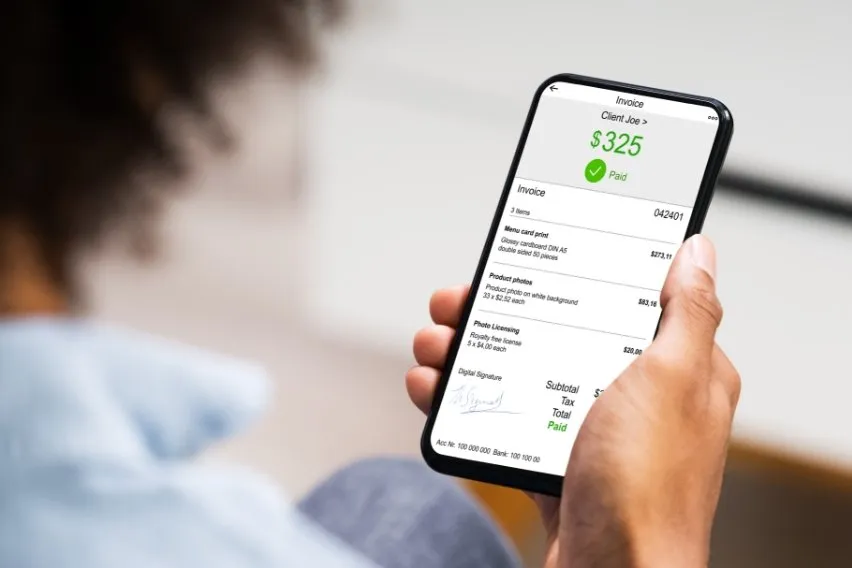 6 Best Invoice Apps For Small Businesses
6 Best Invoice Apps For Small Businesses